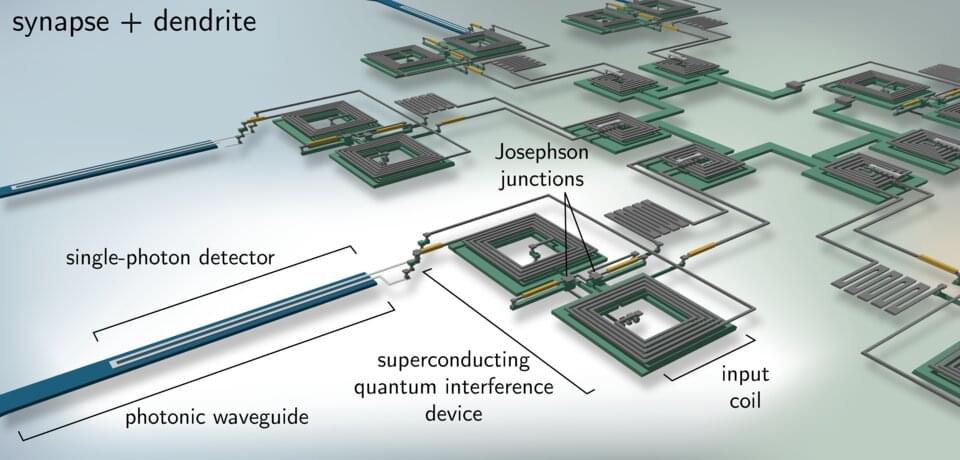Scientists have long looked to the brain as an inspiration for designing computing systems. Some researchers have recently gone even further by making computer hardware with a brain-like structure. These “neuromorphic chips” have already shown great promise, but they have used conventional digital electronics, limiting their complexity and speed. As the chips become larger and more complex, the signals between their individual components become backed up like cars on a gridlocked highway and reduce computation to a crawl.
Now, a team at the National Institute of Standards and Technology (NIST) has demonstrated a solution to these communication challenges that may someday allow artificial neural systems to operate 100,000 times faster than the human brain.
The human brain is a network of about 86 billion cells called neurons, each of which can have thousands of connections (known as synapses) with its neighbors. The neurons communicate with each other using short electrical pulses called spikes to create rich, time-varying activity patterns that form the basis of cognition. In neuromorphic chips, electronic components act as artificial neurons, routing spiking signals through a brain-like network.
